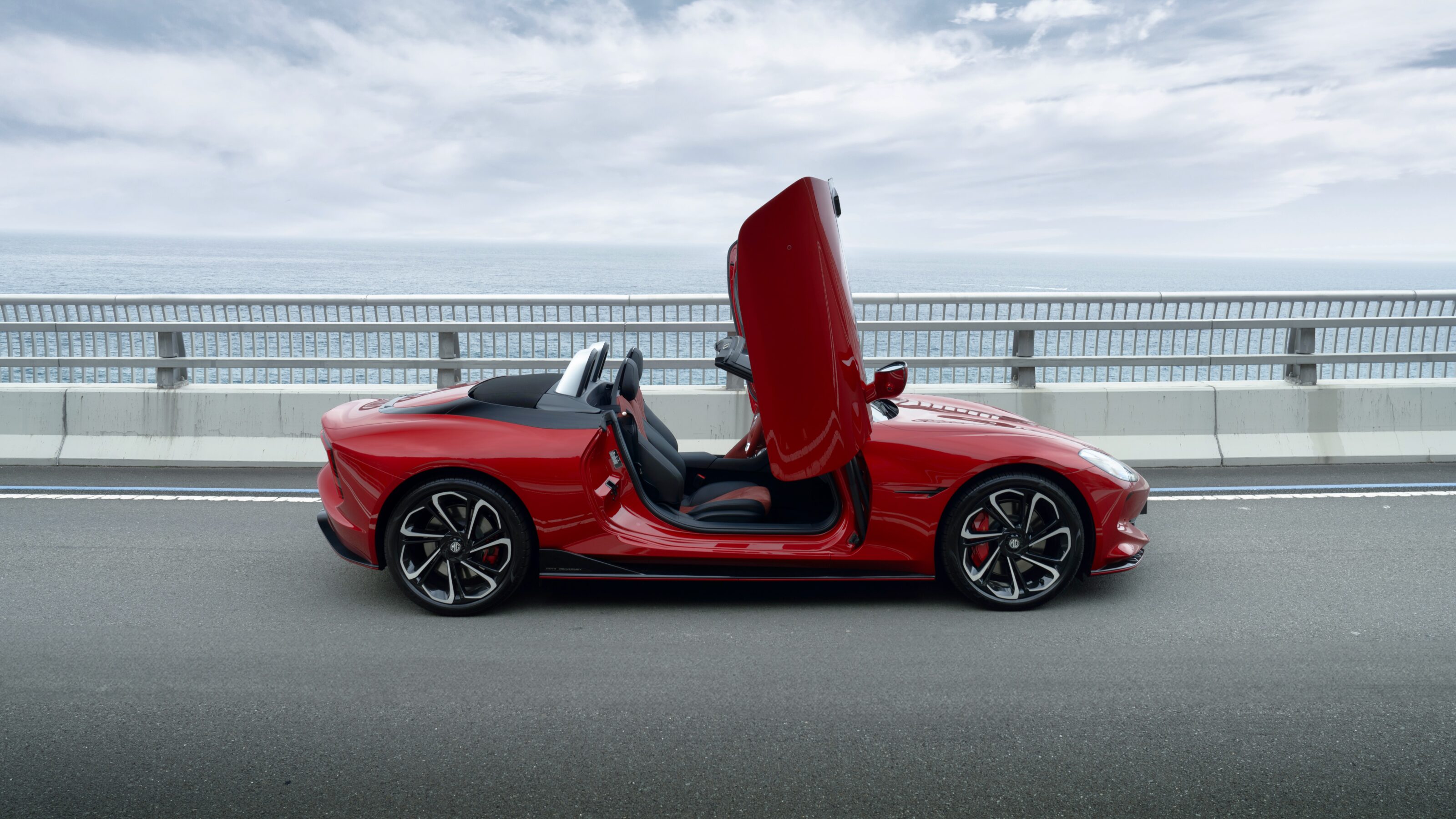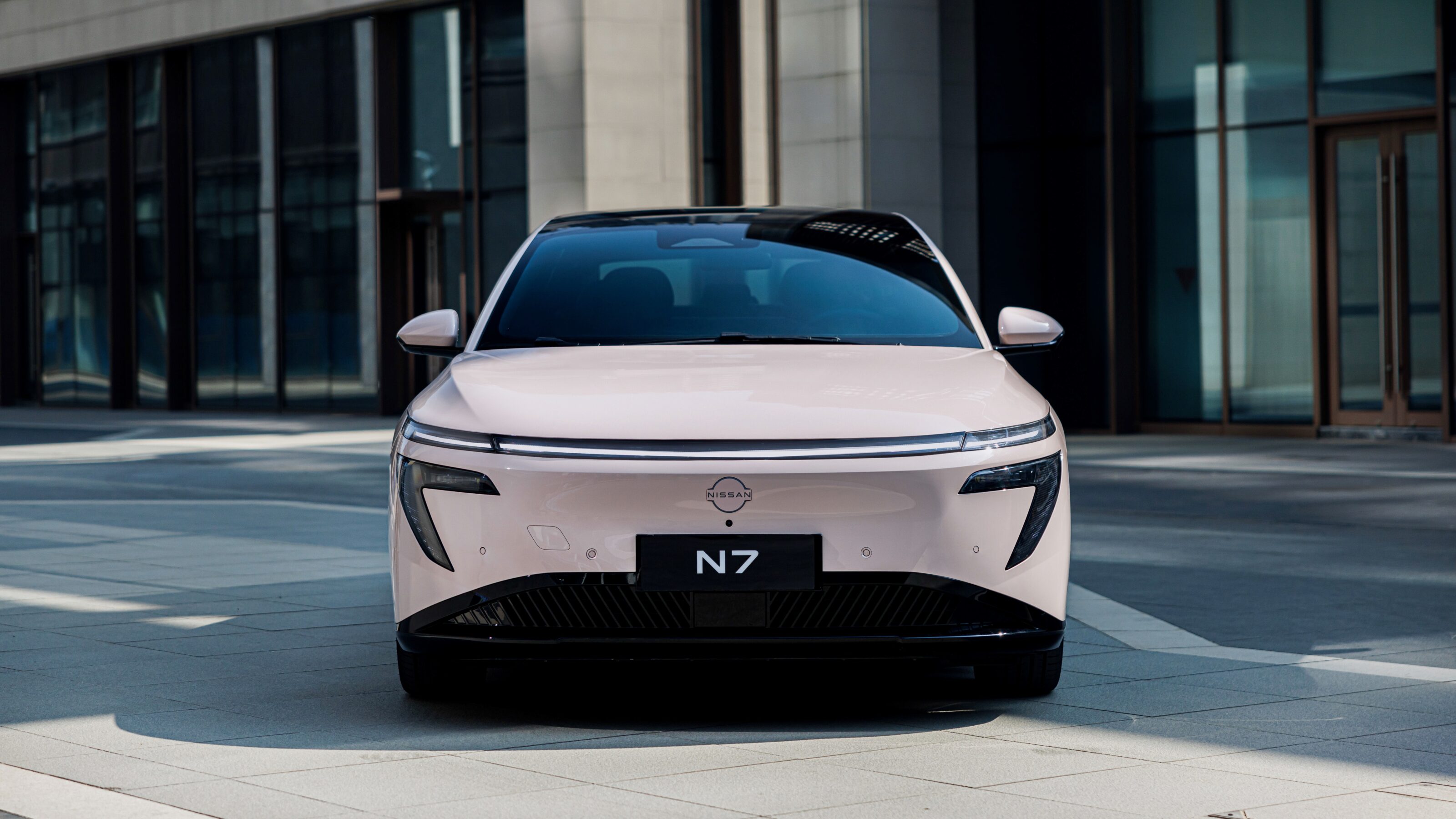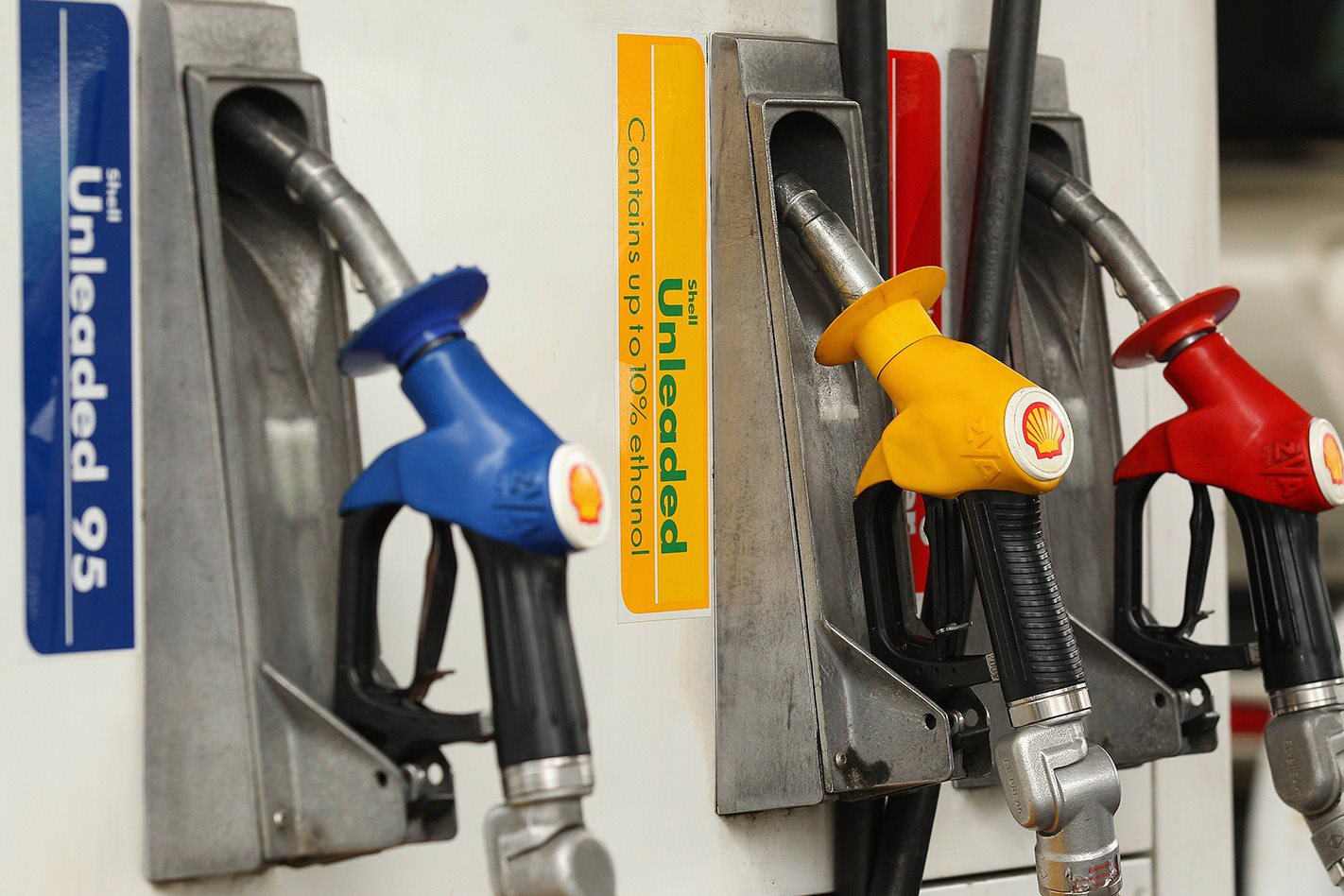
Australian petrol prices have spiked to the highest in four years, with some car owners forced to pay more than $1.67/L for regular unleaded in the worst-hit states like Victoria, New South Wales and Queensland. There have even been reports of service stations charging more than $1.70/L.
Adelaide motorists are faring better thanks to a higher percentage of independent servos across the South Australia, but with average per-litre pricing for 91-octane unleaded hovering between $1.40-$1.50/L in the city, prices are still markedly above the yearly average. The more regulated West Australian market enjoys a more predictable petrol price cycle, but even Perth motorists are feeling the sting of prices above $1.50/L – again, a four-year high for that state.
The recent surge in fuel costs has spurred more than 40,000 Australian motorists to sign a petition started just a week ago by a Queensland grandmother, calling on the federal government to remove the 30 percent excise it places on fuel.
This excise and the GST nets the Australian Government 58.5c from every litre of fuel sold at $1.60/l. In 2017/18 the Australian government collected $17.2 billion in revenue thanks to the fuel excise.
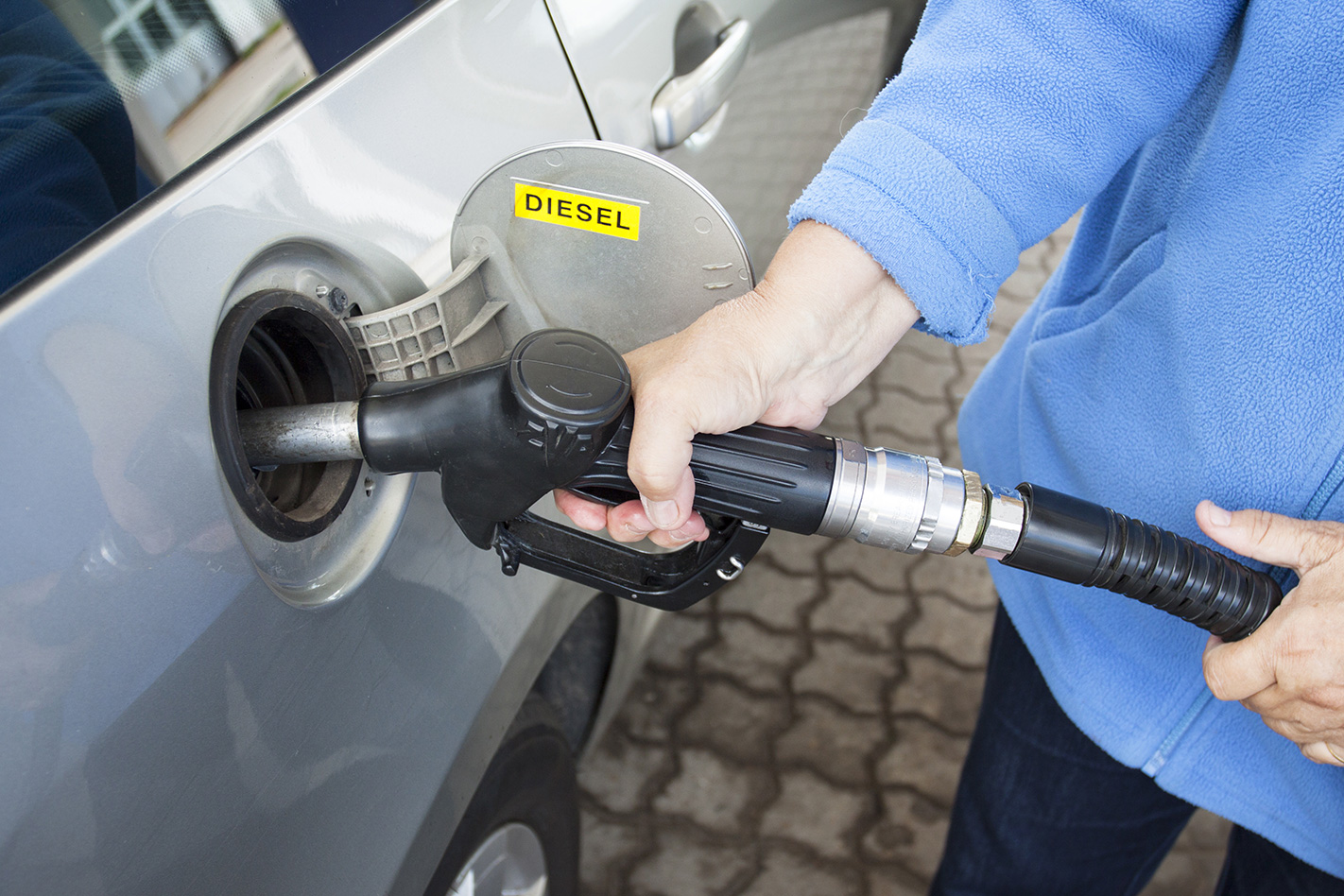
Price monitoring service PetrolSpy shows the bulk of metro-area service stations in Sydney and Melbourne selling 91-octane around $1.65 a litre at the time of writing. According to data from the Australian Institute of petrol, the national average price of petrol at the pump was $1.30 per litre in early October last year.
That’s an increase of 26.9 percent in just 12 months, and while wholesale fuel prices have largely remained stable, a recent jump in the at-the-pump cost of petrol suggests that service stations are behind the increased impact on Australian hip pockets, says consumer watchdog, the Australian Competition and Consumer Commission.
“Current gross retail margins in the five largest cities are now over 50 percent above the 16 year average since the ACCC began tracking this data”, said Rod Sims, ACCC chairman.
According to the ACCC, fuel retailers achieved record high profit margins in the 2017-2018 financial year, and the commission has been keeping a sharp eye on the industry. Back in May this year, the ACCC even went as far as singling out Coles Express as the country’s highest-priced seller of fuel.
Speaking with WhichCar, managing director of industry monitor FUELtrac Chris Kable said that retailer margins have been driven up largely thanks to a large reduction of independent ‘mum and dad’ petrol stations and the rise of major fuel companies in their place.
“Over the last five years, retail margins have gone up around 50 percent,” Kable said. “They’re now around 20 cents per litre … roughly 20 years ago, margins were between 4-5 cents a litre.”
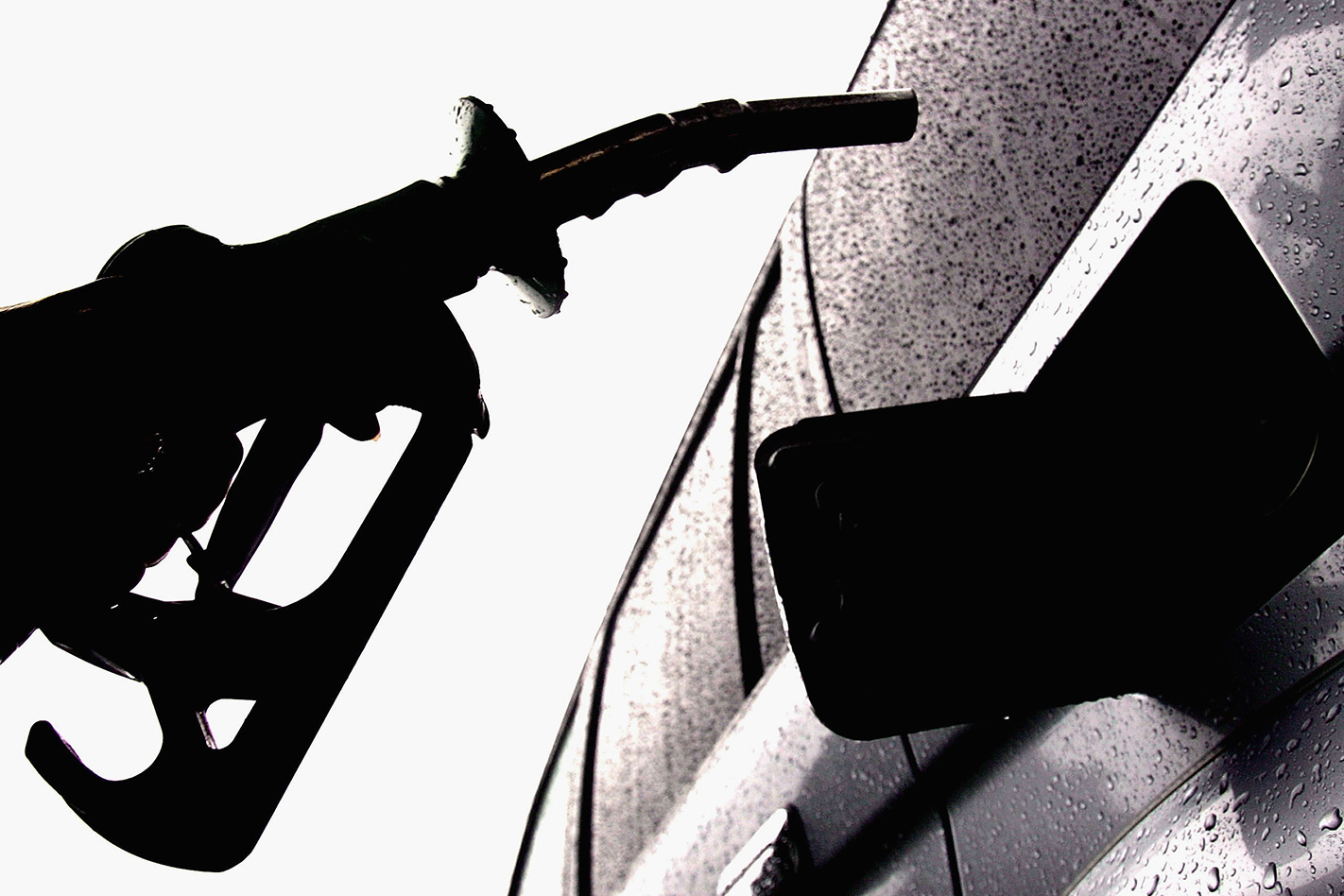
While Kable said the recent spikes into the high $1.60/L range were likely to dissipate, he said it was unlikely there would be any substantial relief soon. As the northern hemisphere enters winter and increases its demand for oil, the flow-on effect is that global prices – and thus the price Australians pay at the pump – will generally remain high.
“The recent spike is a retail margin grab, and it should come down,” he said. “However, there won’t be any [meaningful] downward pressure soon. With the northern hemisphere about to enter winter, there’s not much hope for prices to come down before April next year.”
According to the Australian Bureau of Statistics, the average Australian drives 15,530km per year, which at 167c/L equates to more than $1554 annually on petrol in a fuel-efficient car like the new Toyota Corolla. This financial burden is even greater for SUVs like the Toyota Kluger ($2256), which is among Australia’s most popular new cars. Drivers of less-efficient older cars, or vehicles that require premium fuel, will be even harder hit by sustained high fuel prices.

